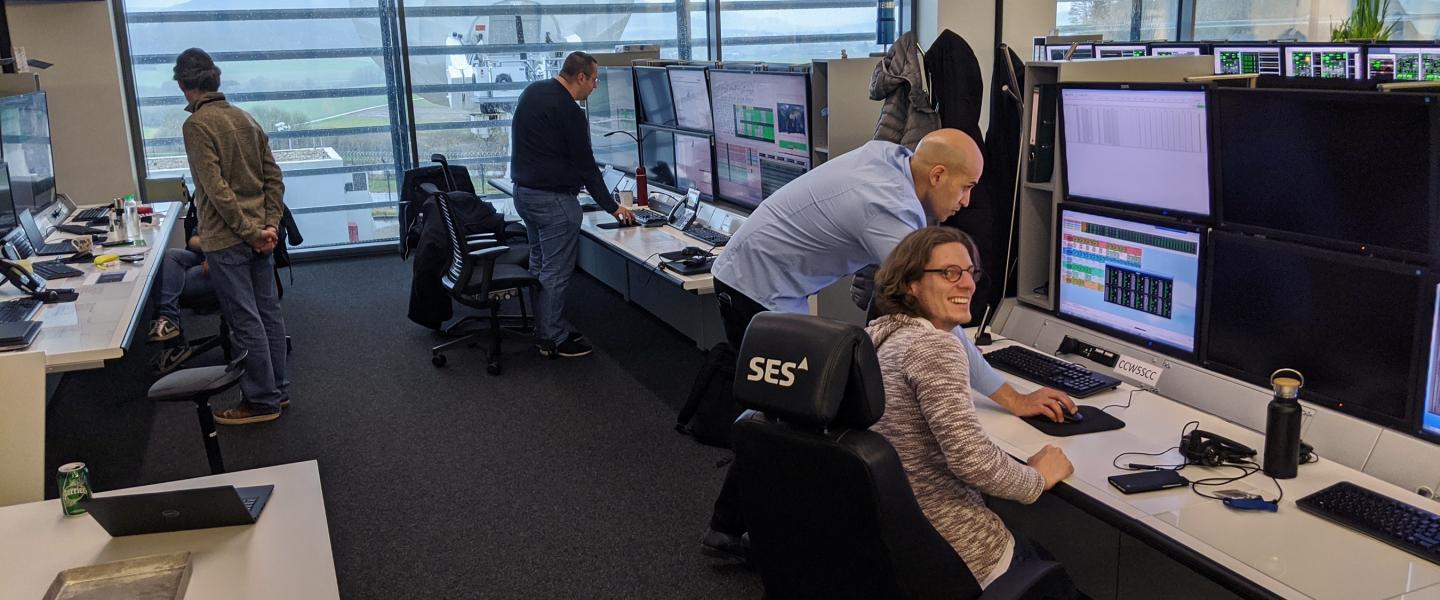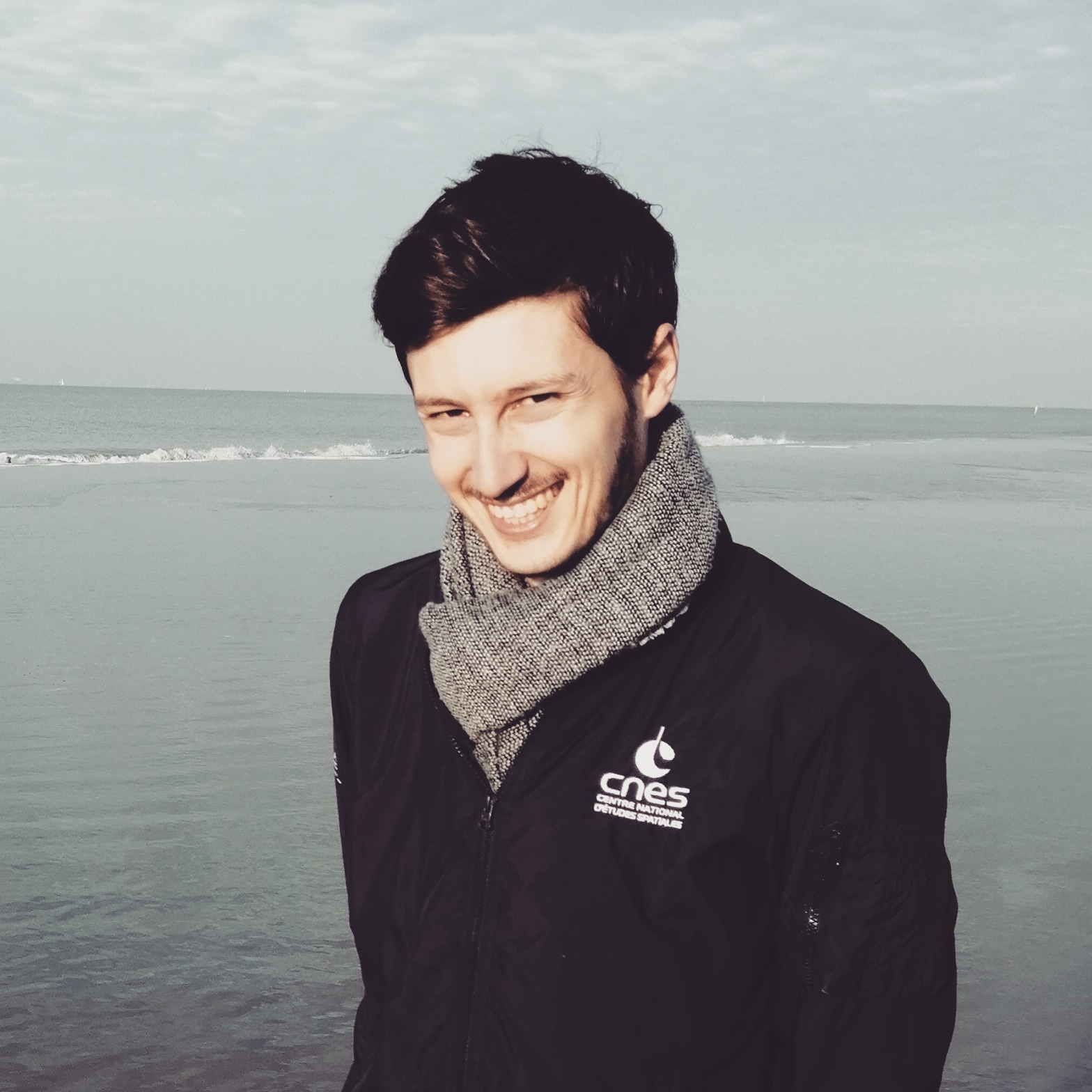SES Team Spotlight: Nicolas Lyvet on Continuous Innovation of Satellite System


Engineering - Performance & Operations
The story of SES is one of continual innovation and improvement – pushing the technological limits to see what is possible. Whether it’s adopting terrestrial networking standards, implementing software-defined networking, working with technology partners to drive development in modem platforms, or developing the Adaptive Resource Control (ARC) to enable dynamic control and optimization of SES’s next-gen medium earth orbit (MEO) O3b mPOWER space and ground systems, it’s very much part of our DNA, and we don’t just stop there.
After nearly a year and half of development, the company recently unveiled the latest innovation for its existing MEO constellation – Automated Spacecraft Power Management (ASPM). The software knows the contracted capacity and SLAs of individual links. Through intelligent automation and without manual intervention, ASPM is able to adjust power levels on each link to account for the changing data demand on the links throughout the day. Thus, ASPM optimises performance across the entire MEO system while ensuring there is adequate power available to meet every SLA without introducing any congestion or packet loss.
To get an inside look at the development of ASPM, we spoke with Nicolas Lyvet, a junior engineer working in the performance and operations team of SES’s systems engineering department.
What’s your role in the development of ASPM?
I am part of the System Engineering – Performance & Operations team working on ASPM. I started off as an intern in SES systems engineering and one of the things I was asked to do a few months into the job as a junior engineer was to build a simulator that can replicate our customers’ services requirements. Using the programming language Python, I did exactly that. Running a simulation against 10 parameters to better understand our customers’ needs allowed me to have a complete overview of the performance of our O3b constellation today and will enable me to manage capacity effectively on the satellite.
What was the feedback given by customers when SES first told them about ASPM?
The first question of most customers is “Does it impact on the service that I am delivering?” The ASPM is using smart automated tools to adjust to unexpected customer traffic demand and offers a tailored service to meet the demands of each individual link, without causing any detriment to the customer experience. Once it was clear that there would be no impact on the service delivered to them, they were excited to see the continuous thread of innovation.
Through the seamless integration of this service we will continue to satisfy the power demands of customer links in real time while ensuring the maximum contracted capacity of our services remain available at all times. This automated adjustment to account for the rise and fall of data use is magic both to our customers’ ears and also to ours.
How is ASPM lending itself to future developments?
ASPM is currently used on the O3b satellites. At the same time, the technology and experience gathered could be used to inform the design of ARC for our next-gen system, O3b mPOWER, that we are co-developing.
The level of automation and flexibility that we will eventually see with O3b mPOWER will enable SES to open up the potential of new services that offer customers on-demand capacity.
All of that would happen automatically and without manual intervention – creating a new value-add, on-demand customer experience.
What was most exciting about working on ASPM ?
I studied aeronautical and space engineering in university and had spent many hours trying to engineer the physical satellites. Being asked by SES to build software to better manage satellite operations was a unique challenge, and I was grateful and proud of this opportunity so early in my career.
More importantly, working on the ASPM simulator allowed me to interact with several groups within the organisation. ASPM is the result of a collaborative effort involving experts in the fields of software engineering, satellite communications and networking which stemmed from many SES teams such as the Spacecraft Control Software Systems Development, Systems Engineering, Payload Engineering and our subsidiary, SES Techcom. The latter provided the overall architecture and design, while the software team provided the know-how and expertise on satellite commanding and spacecraft operations. The Systems Engineering team and the Payload Engineering team provided the key RF-related, payload and operations knowledge required to implement the solution. Overall, the ASPM system was a cross-company success story which was only made possible thanks to a wide collaboration between SES teams.




